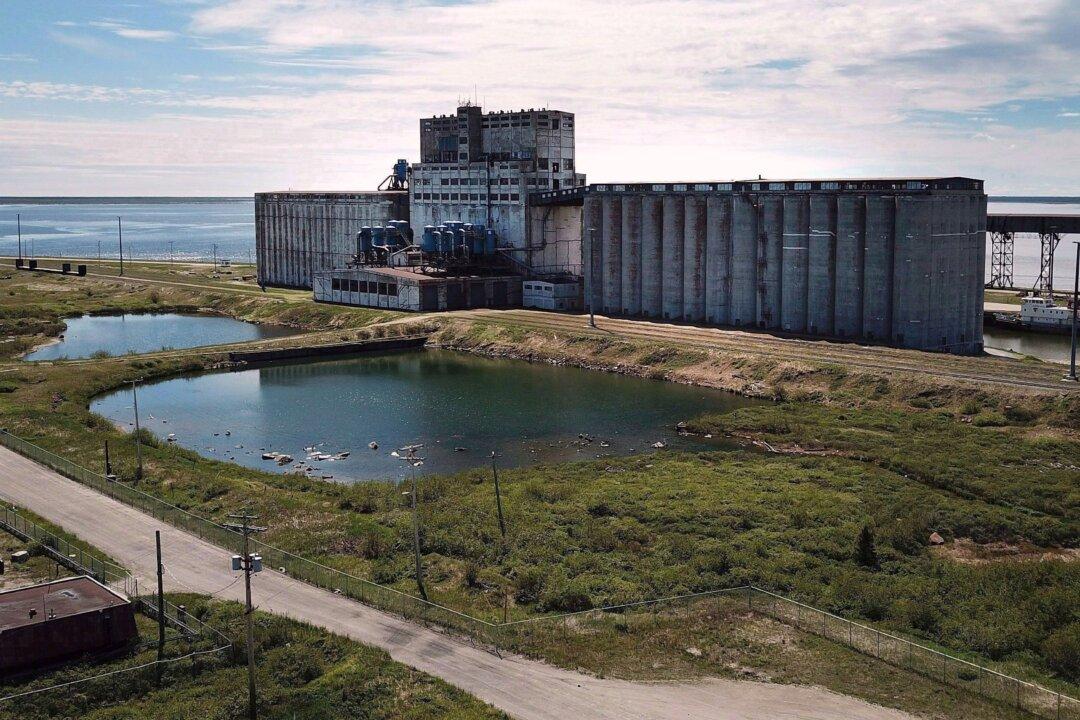Alberta Premier Danielle Smith wants her fellow Prairie premiers to take the lead in expanding the capacity of the rail and port systems in Churchill, Manitoba, an expensive idea that analysts say has some merit.
Smith wrote Saskatchewan Premier Scott Moe and Manitoba Premier Heather Stefanson on Oct. 24 to request a meeting in Churchill to discuss how the three could work together to “address energy and food security issues, and in particular opportunities at the Port. This includes pipelines, ... infrastructure improvements to existing rail lines and highways, and opportunities to increase our export of crops, fertilizers, critical minerals and other commodities.”





